The concept of blue carbon ecosystems has emerged as a critical component in the global fight against climate change. Unlike terrestrial forests, which have long been recognized for their carbon sequestration capabilities, coastal and marine ecosystems such as mangroves, seagrasses, and salt marshes are now gaining attention for their unparalleled ability to capture and store carbon dioxide. These ecosystems, though covering a fraction of the Earth's surface, play a disproportionately large role in mitigating greenhouse gas emissions. Scientists and policymakers alike are increasingly turning their focus to these underwater carbon sinks as a viable solution to offsetting anthropogenic carbon footprints.
Mangroves, seagrasses, and salt marshes are often referred to as the "unsung heroes" of carbon sequestration. These ecosystems thrive in the intertidal zones, where land meets sea, and their unique biological and geological characteristics enable them to trap carbon at rates far exceeding those of tropical rainforests. The carbon stored in these systems, known as blue carbon, can remain locked away for centuries, if not millennia, provided these habitats remain undisturbed. However, the rapid degradation of these ecosystems due to coastal development, pollution, and climate change poses a significant threat to their carbon storage potential. The loss of blue carbon ecosystems not only releases stored carbon back into the atmosphere but also diminishes their capacity to act as buffers against storm surges and rising sea levels.
The scientific community has made significant strides in quantifying the carbon sequestration potential of blue carbon ecosystems. Recent studies estimate that mangroves alone can store up to four times more carbon per hectare than tropical forests. Seagrass meadows, though less visible, are equally impressive, covering approximately 0.1% of the ocean floor yet accounting for nearly 11% of the organic carbon buried in marine sediments. Salt marshes, often found in temperate regions, also contribute substantially to carbon storage, with some areas sequestering carbon at rates comparable to old-growth forests. These findings underscore the importance of integrating blue carbon strategies into national and international climate policies.
Despite their ecological and climatic benefits, blue carbon ecosystems face unprecedented threats from human activities. Coastal urbanization, aquaculture expansion, and industrial pollution have led to the destruction of nearly 50% of the world's mangroves in the past half-century. Seagrass meadows are disappearing at an alarming rate of 7% annually, while salt marshes are increasingly being drained for agriculture or urban development. The degradation of these habitats not only releases stored carbon but also disrupts the delicate balance of marine biodiversity. Efforts to conserve and restore blue carbon ecosystems must therefore address both local and global drivers of habitat loss, including unsustainable land-use practices and the overarching impacts of climate change.
International initiatives such as the Blue Carbon Initiative and the inclusion of coastal wetlands in carbon credit schemes are steps in the right direction. These programs aim to raise awareness, fund restoration projects, and create economic incentives for preserving blue carbon ecosystems. For instance, countries like Indonesia and Australia, which host vast expanses of mangroves and seagrasses, have begun incorporating blue carbon into their nationally determined contributions (NDCs) under the Paris Agreement. Similarly, private sector involvement through corporate carbon offset programs is gaining traction, offering a promising avenue for scaling up conservation efforts. However, the success of these initiatives hinges on robust scientific data, community engagement, and stringent governance frameworks to ensure long-term sustainability.
The role of indigenous and local communities in safeguarding blue carbon ecosystems cannot be overstated. For generations, these communities have relied on mangroves, seagrasses, and salt marshes for livelihoods, food security, and cultural practices. Their traditional knowledge and stewardship practices offer invaluable insights into sustainable resource management. Empowering these communities through capacity-building programs, land tenure rights, and equitable benefit-sharing mechanisms is essential for the success of any blue carbon conservation strategy. Moreover, integrating local perspectives into policy-making ensures that conservation efforts are socially inclusive and environmentally just.
Looking ahead, the preservation and restoration of blue carbon ecosystems must be prioritized in global climate agendas. As the world grapples with the escalating impacts of climate change, these natural carbon sinks present a cost-effective and scalable solution to reducing atmospheric CO2 levels. However, realizing their full potential requires coordinated action across multiple sectors, from science and policy to finance and community engagement. By investing in blue carbon ecosystems today, we not only mitigate climate change but also safeguard biodiversity, protect coastal communities, and secure a sustainable future for generations to come.
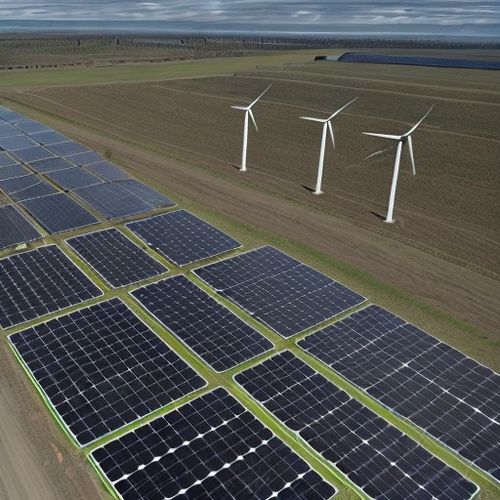
By Megan Clark/Apr 19, 2025

By Thomas Roberts/Apr 19, 2025
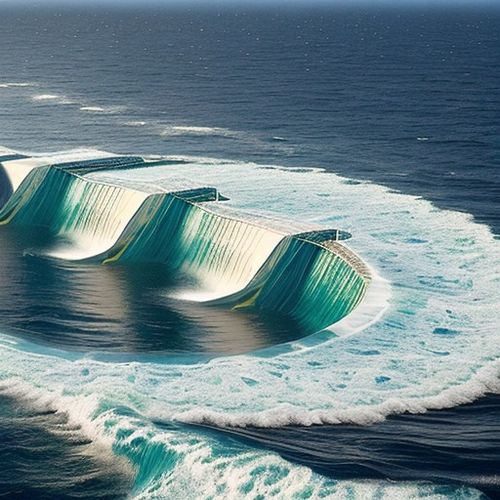
By Thomas Roberts/Apr 19, 2025

By Emily Johnson/Apr 19, 2025

By Samuel Cooper/Apr 19, 2025

By Samuel Cooper/Apr 19, 2025

By George Bailey/Apr 19, 2025

By Joshua Howard/Apr 19, 2025

By William Miller/Apr 19, 2025
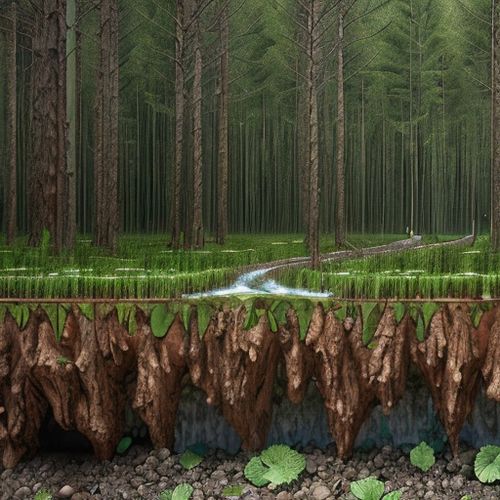
By Emily Johnson/Apr 19, 2025

By William Miller/Apr 19, 2025
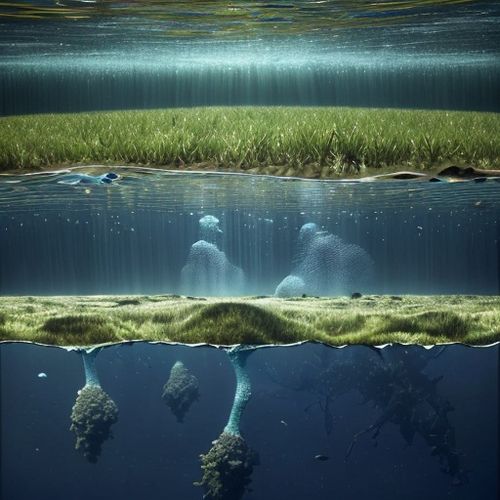
By James Moore/Apr 19, 2025
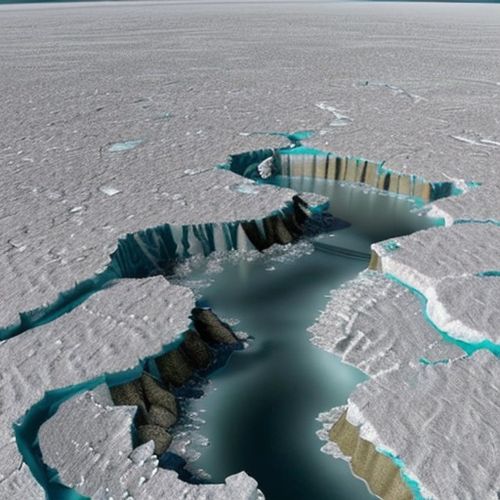
By Joshua Howard/Apr 19, 2025

By William Miller/Apr 19, 2025
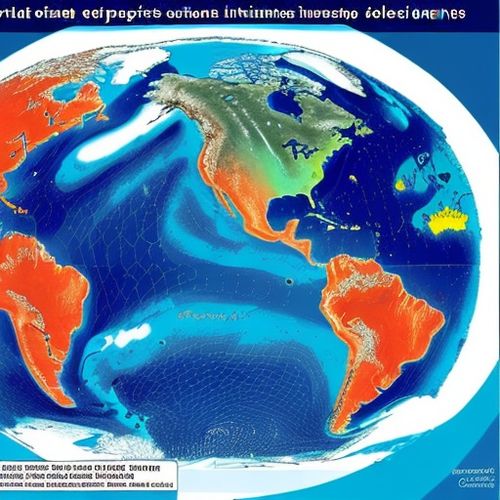
By James Moore/Apr 19, 2025

By Elizabeth Taylor/Apr 19, 2025
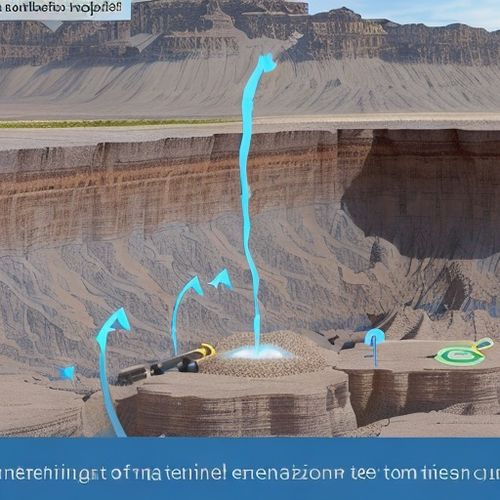
By Grace Cox/Apr 19, 2025
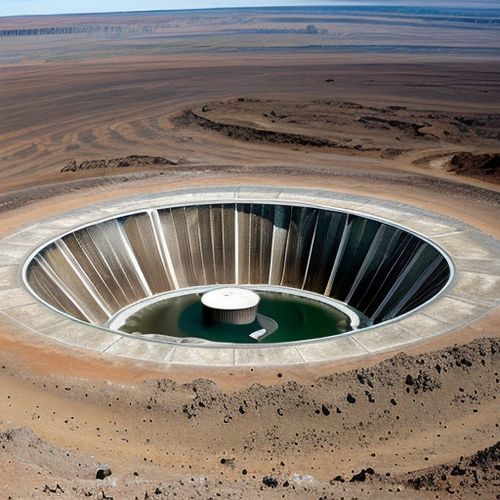
By Grace Cox/Apr 19, 2025
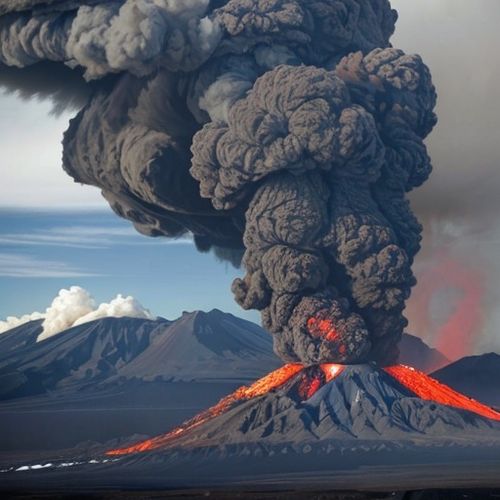
By Joshua Howard/Apr 19, 2025

By David Anderson/Apr 19, 2025